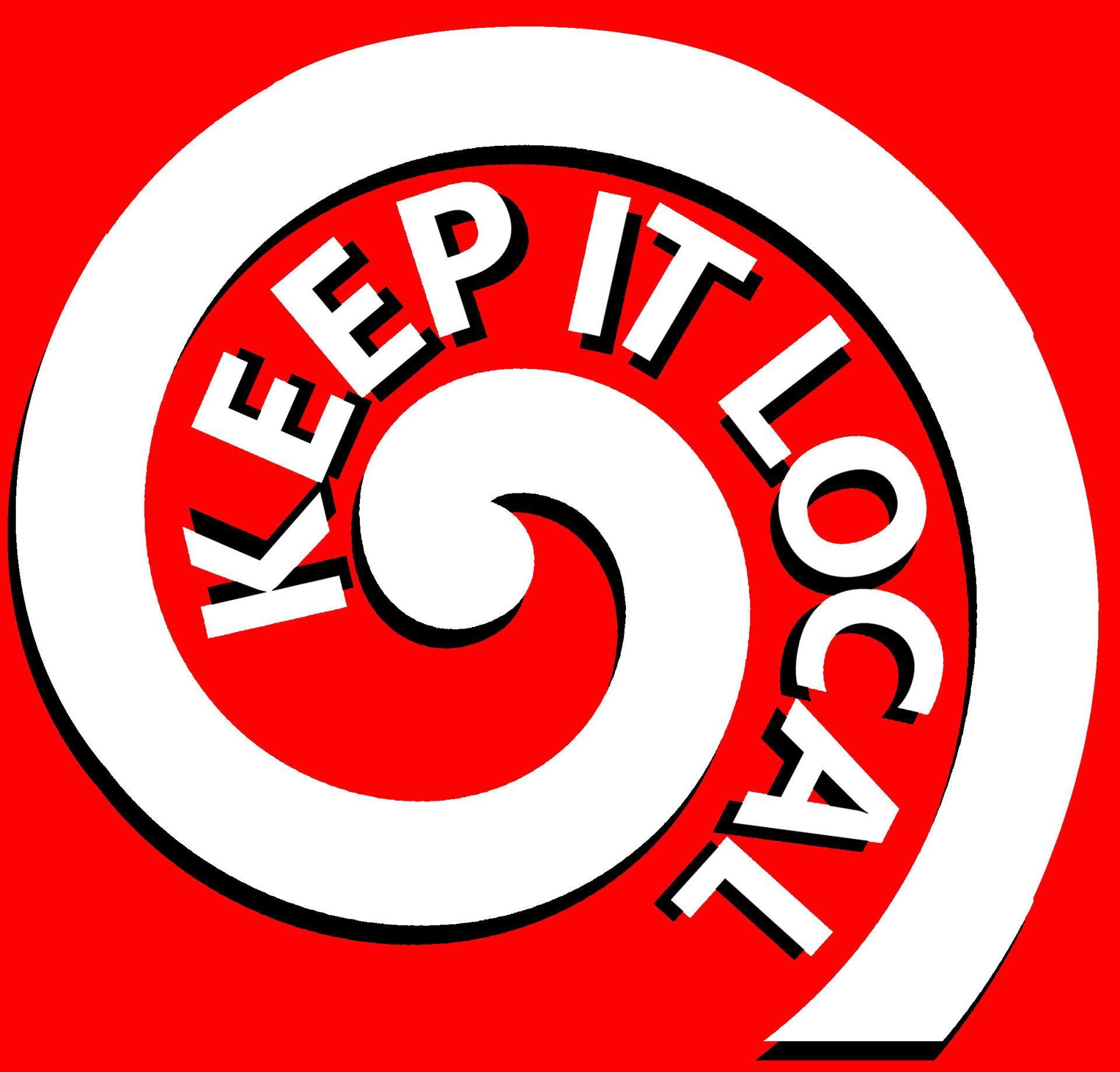KEEP IT LOCAL ETHOS
Our ethos is to run friendly, professional events and we pride ourselves on our marketing activities which have proven since 2012 to attract visitors to our shows.
Stallholders must make what they sell (or at least have designed it) and be from the local area. We do not accept traders and define "local" as being from Kent, Surrey and Sussex and perhaps spilling over into south London. We also make every effort to prevent clashes of product at our events. It's boring for the visitors and disappointing for the stallholders. We will allow crafters of the same genre up to a degree, but their products must have some differential. So you will understand if we stipulate a restriction if we offer you a place to exhibit. We also want to make the shows as profitable and as much fun as possible for our stallholders....we know, we're stallholders ourselves. To achieve this goal, our primary focus is on selecting an excellent range of crafters and products. This will attract the right visitors who will (hopefully) spend more than they'd intended and therefore provide the most lucrative events for the stallholders!
We advertise in many local publications, put flyers into supermarkets, post offices, council noticeboards, libraries, alongside our website, Facebook and Twitter....we take photographs during an event to use for these purposes. Our venues have leaflets available for their visitors to pick up, list us in their online marketing and, from time to time, email their customer database about our events. We advertise in their online and printed magazines. We also send out flyers to each of our stallholders so they can be distributed at other events and locally to friends and family. We have a database collected from visitors on exit from our events and they are sent an email reminder before the next event. Where we can, we count visitors in so that we can continuously evaluate how well we are doing. We want to work with everyone to build a credible reputation and a show that attracts not just local residents but makes us a very special destination for those living further afield.
Visitors are not charged an entry fee. As always during one of our events there are plenty of signs on site to lead the visitors to us! We are always available for the duration of the show, wearing hi-vis jackets during set-up and have an organisers table and banner to point both visitors and stallholders to us during the event.
COSTS
Spaces at our events start from £48.00 for a 2m frontage x 1.4m deep. You may purchase extras such as a deeper pitch, table hire or an electrical supply. Full details are on our online application form - which is not sent to us until you click "Submit" at the end of the process.
TERMS & CONDITIONS
Are also included on our application form, just before the "Submit" button. They're not there because we want to be picky, but have evolved over the years as different scenarios have presented themselves to us. Click HERE to see our Ts & Cs.
APPLY
Our applications for 2025 are now open. Click HERE to go to our application page - which is not sent to us until you click "Submit" at the bottom of the form.
GENERIC ADVICE FOR NEW STALLHOLDERS
It can be quite daunting to consider subjecting your precious art & craftwork to outside opinion, let alone exposing it to paying customers! Over the 12 years that we have been running craft shows, we’ve seen so many beautiful products and lovely people come and go through the fairs we organise. Young mums and dads working on their kitchen table or laps at the end of a busy day, students supplementing their income, the older generations who want to pass on their parent’s skills and everyone in between. They all have one thing in common though, they make what they do for the love of creating and enjoy seeing the finished piece.
Given our wealth of experience, we thought we’d put together a few tips to get you started on your journey towards commercial success – whatever level you want that to be. A craft fair is a great place to start on that journey as you can gain so much from the camaraderie, the experiences of your fellow crafters and the honesty of the visiting public. So, in our own words, click HERE to see a few pointers to help you on your way.

